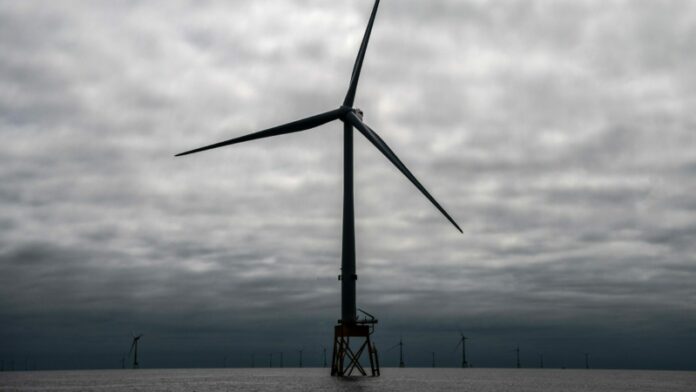
THE history of the South African mining and energy industries has been tightly intertwined for more than a century and both owe their very existence to the other.
The first of South Africa’s utility-scale power stations served the gold mines of the Witwatersrand. And it was the mining industry that subscribed for the original loan capital that allowed these early power stations to become the basis of the Electricity Supply Commission, today’s Eskom, when it was established in 1923.
For almost a century the South African mining industry was able to thrive on cheap, generally reliable, and centrally generated electricity. Mining companies did not have to pay much attention to the process of energy procurement until about 2007, when load shedding bit and power prices began to skyrocket.
Now in 2023 the electricity supply industry is rapidly deregulating and mining companies have had to learn how to procure power all over again – and not just power but the right kind of power. There are bound to be some hard lessons learned.
Some companies have treated power procurement like any other capital procurement process: hire a consultant, model their suggested solution, try to determine future capital costs, secure the right permits and approvals. Then they get the supply chain specialists to run a tender process for an engineering, construction and procurement management firm to execute their design, so that they can own and operate their own on-site photovoltaic solar plant, for example.
At the other end of the spectrum is the mining company (generally a diversified multi-mine, multi-jurisdiction and thus credit-worthy miner). It goes out to utility-scale project developers who have permitted project sites and again gets the supply chain specialists to run a tender process to supply power wheeled over Eskom’s grid from remote sites to the company’s mines or smelters.
Here, the competitive metric, at least between power from like-for-like technologies, is R/kWh, inclusive of Eskom’s wheeling charges at the company’s meter. The goal is always a significant discount to Eskom tariffs. These are long-term power purchase agreements (PPAs) where the projects are owned by independent power producers and financed by third parties, generally private equity firms, banks and institutional asset managers.
Then there is a third alternative, where a mining company partners with a project developer to develop a bespoke power project on mine property that will supply behind-the-meter power to avoid wheeling costs, but which is financed and owned by third parties at a R/kWh tariff.
Here, the procurement skills required are different. Financial and operational design parameters need to be agreed up front. The project developer assumes a significant part of the development risk and works with commercial and engineering specialists from the mining company to develop a solution tailored to that mine’s load profile, growth plans, power requirements and, importantly, risk appetite. Often these alternatives include optimising things like Eskom’s net billing policy and the potential wheeling of power to third-party customers as a risk mitigant.
All three alternatives are perfectly legitimate choices in themselves. But it’s risky to conflate or combine elements of each.
For example, a mine specifying its own design and then asking for a R/kWh tariff ignores the iterative process that optimises the tariff, the plant design, the commercial terms of the PPA and the required project financing.
Procuring a capital project and procuring electrons at your meter can be very different processes requiring very different expertise; it may be far better to decide early on the kind of process you are running, and then stick with it.











